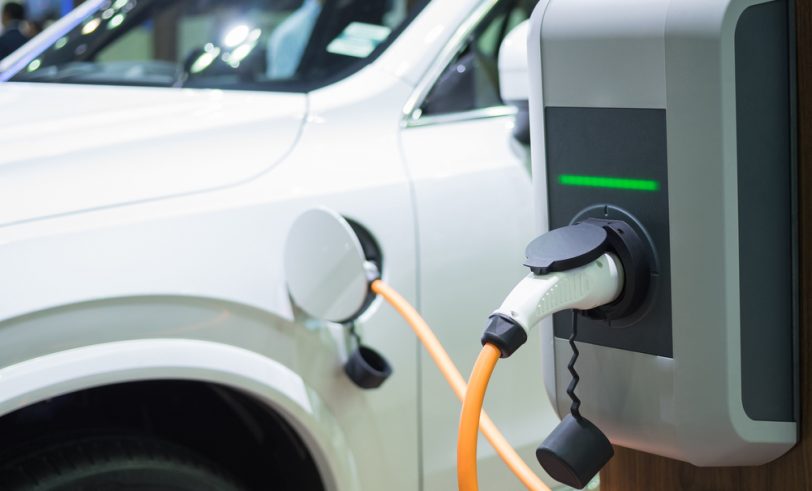“We reason from the hand to the head,” Henry David Thoreau wrote, pointing out how a simple example drawn from ordinary life may serve to illuminate a larger truth.
As a revealing example of the magnitude of the changes that would be required to put the so-called “Green New Deal” into effect, let’s look at the little village of Kingdom City, Missouri, population 124. Endorsed by several presidential candidates, the Green New Deal would ban all use of fossil fuels over the next decade.
The big business in Kingdom City is servicing heavy trucks passing through Missouri going East and West on Interstate 70 and North and South on U.S. 54. Three filling stations in Kingdom City handle more than 450 18-wheelers on an average day.
What would it take for the Kingdom City filling stations to do the same work using electric power rather than diesel fuel?
That is an answerable question, using mathematics to convert from one form of energy usage to another. We know that a “Green” 18-wheeler must supply essentially the same average power to move a load of cargo over the same distance as a diesel-powered vehicle. Based on diesel fuel usage and engine efficiency, we estimate the required average power at 160 kW (a little over 200 horsepower).
To recharge a single truck after eight hours on the road in 20 minutes would require a charging station capacity of 3.88 megawatts. For three truck stops, each with 10 electric “pumps,” you must multiply this number by 30 to get the needed capacity. That comes to 116 megawatts, which is the equivalent of 58 2-megwatt windmills costing $3 to $4 million each.
In other words, to use electricity to refuel heavy trucks passing through Kingdom City would require a starting investment on the order of $200 million in new wind-generated electric capacity. This calculation does not include further substantial change-over costs, including the installation of additional transmission lines and the construction of recharging stations. For simplicity sake, we have also ignored the significant reduction in fuel economy caused by the approximately 10 tons of extra weight of the Tesla-like batteries that a “Green” 18-wheeler would carry.
The Kingdom City example underscores the prohibitively high cost of trying to implement even a tiny part of the all-encompassing Green New Deal. Take the $200 million starting investment in this little village and multiply it by the thousands of other locations across the United States. You quickly arrive at a figure in the hundreds of billions of dollars.
But would there be any positive impact on the environment?
Now, you must consider that three-quarters of Missouri’s electrical generating capacity comes from burning coal and another 5 percent from natural gas. We also get another 10 percent from nuclear energy, but the Green New Dealers are not calling for more nuclear power. So where, over the next decade, could we find the additional generating capacity that would power electric cars and trucks?
It could only come from increased burning of fossil fuels.




